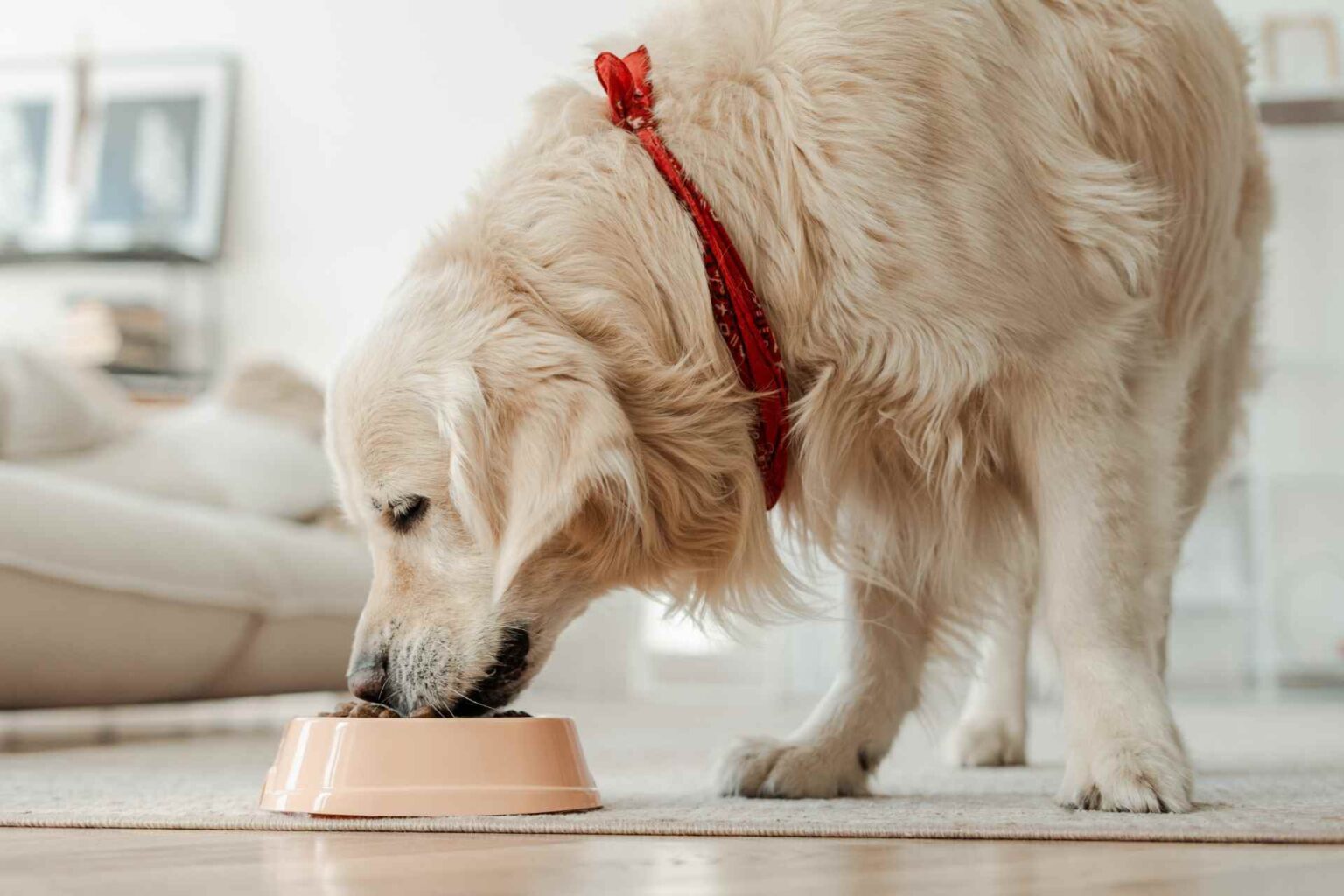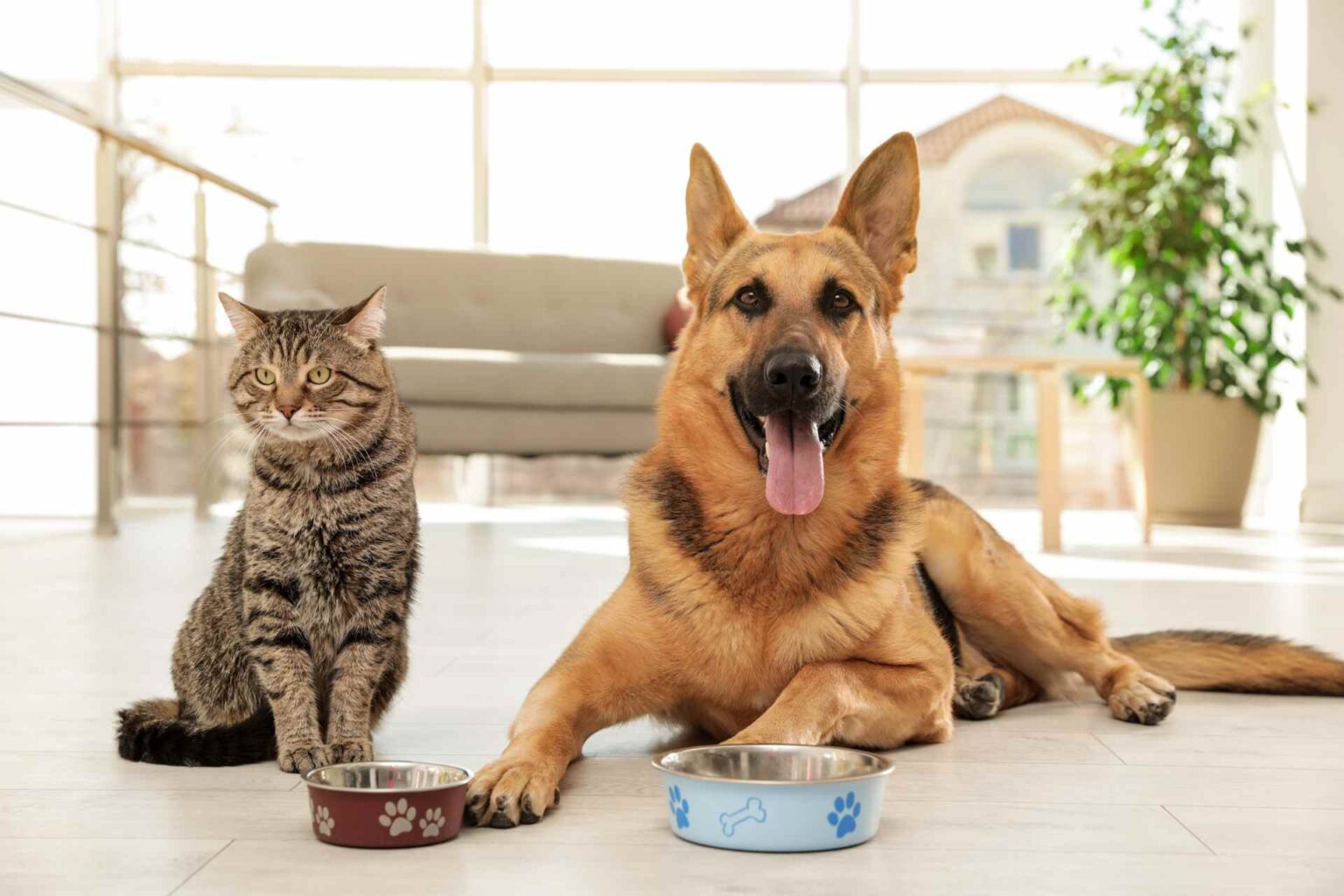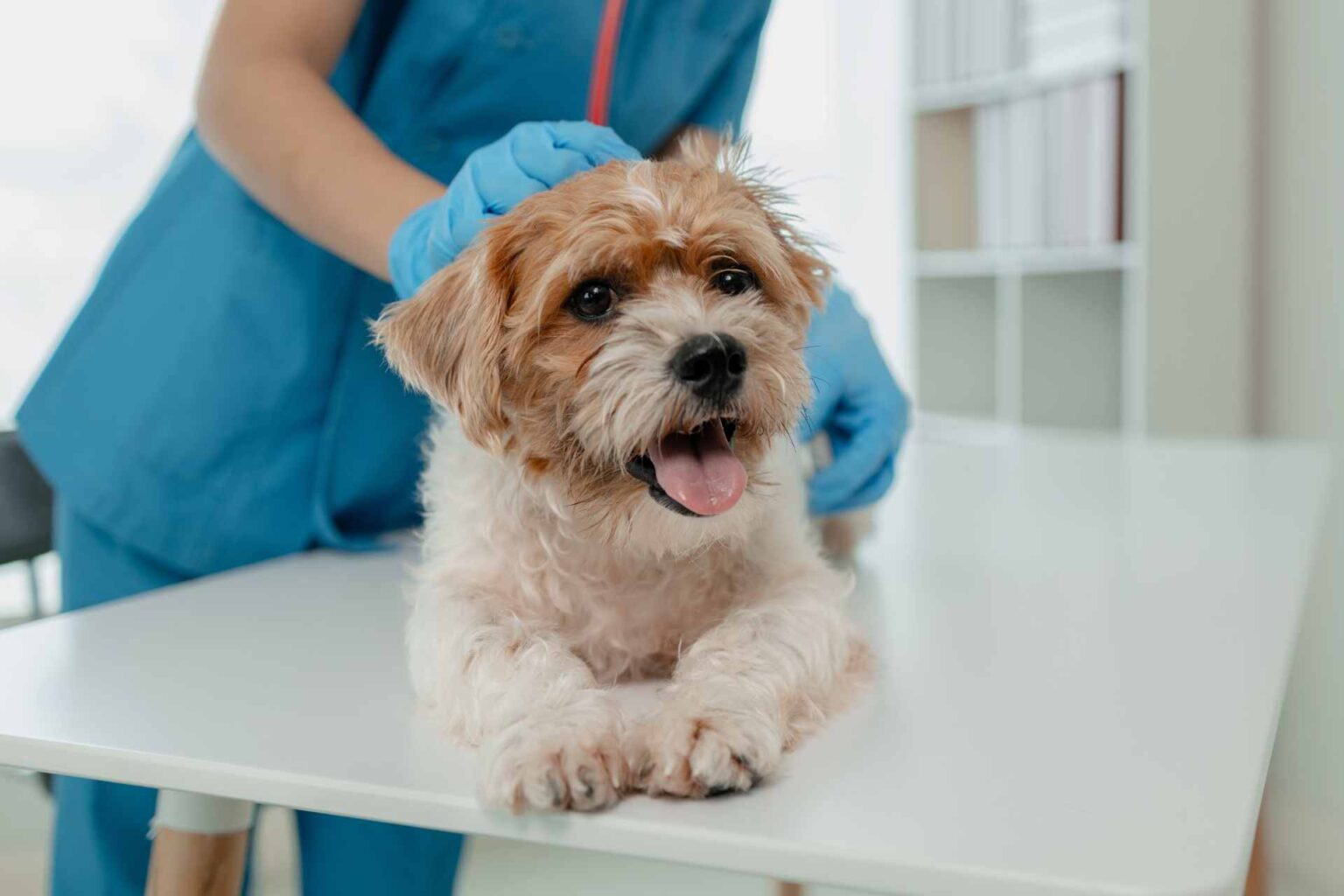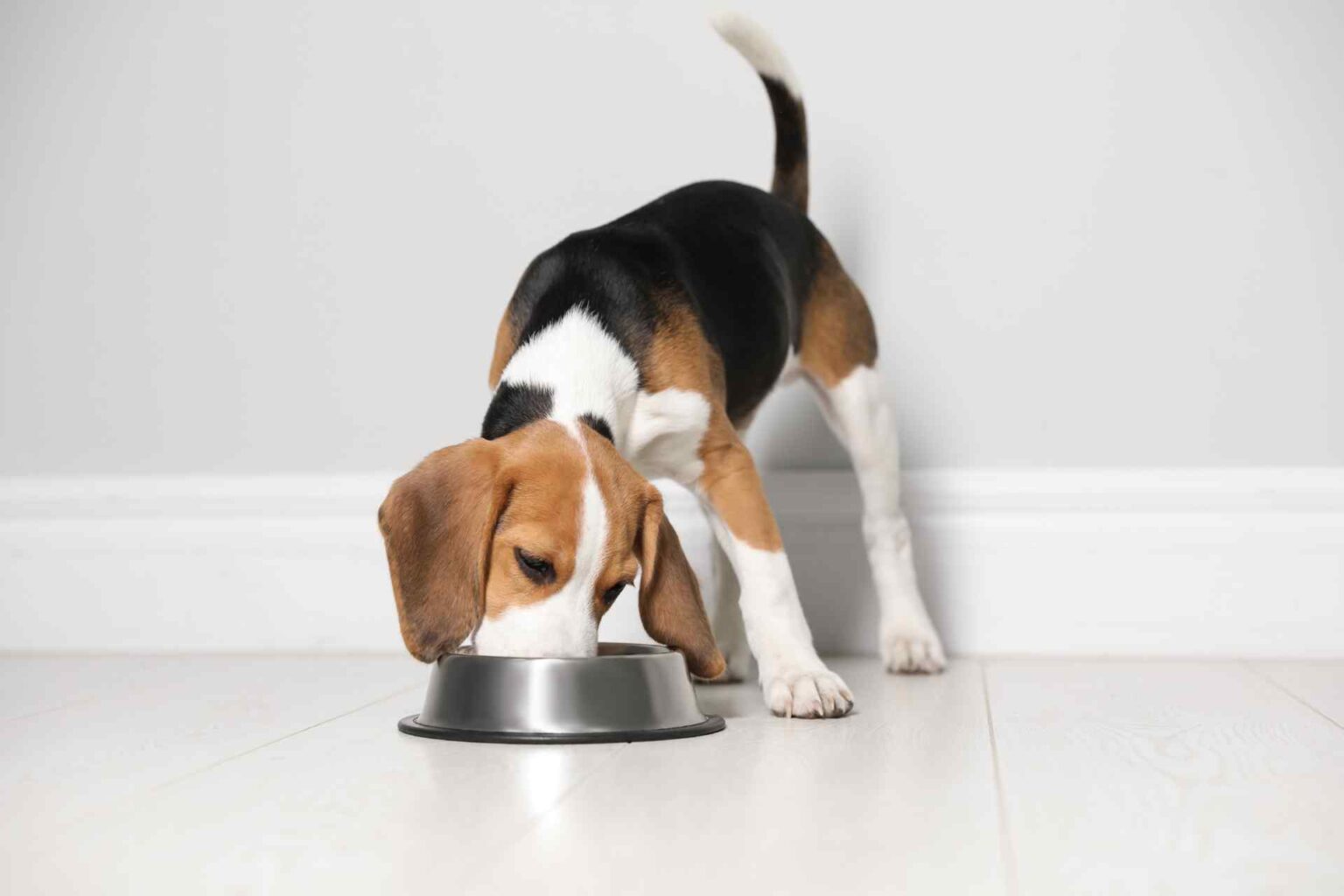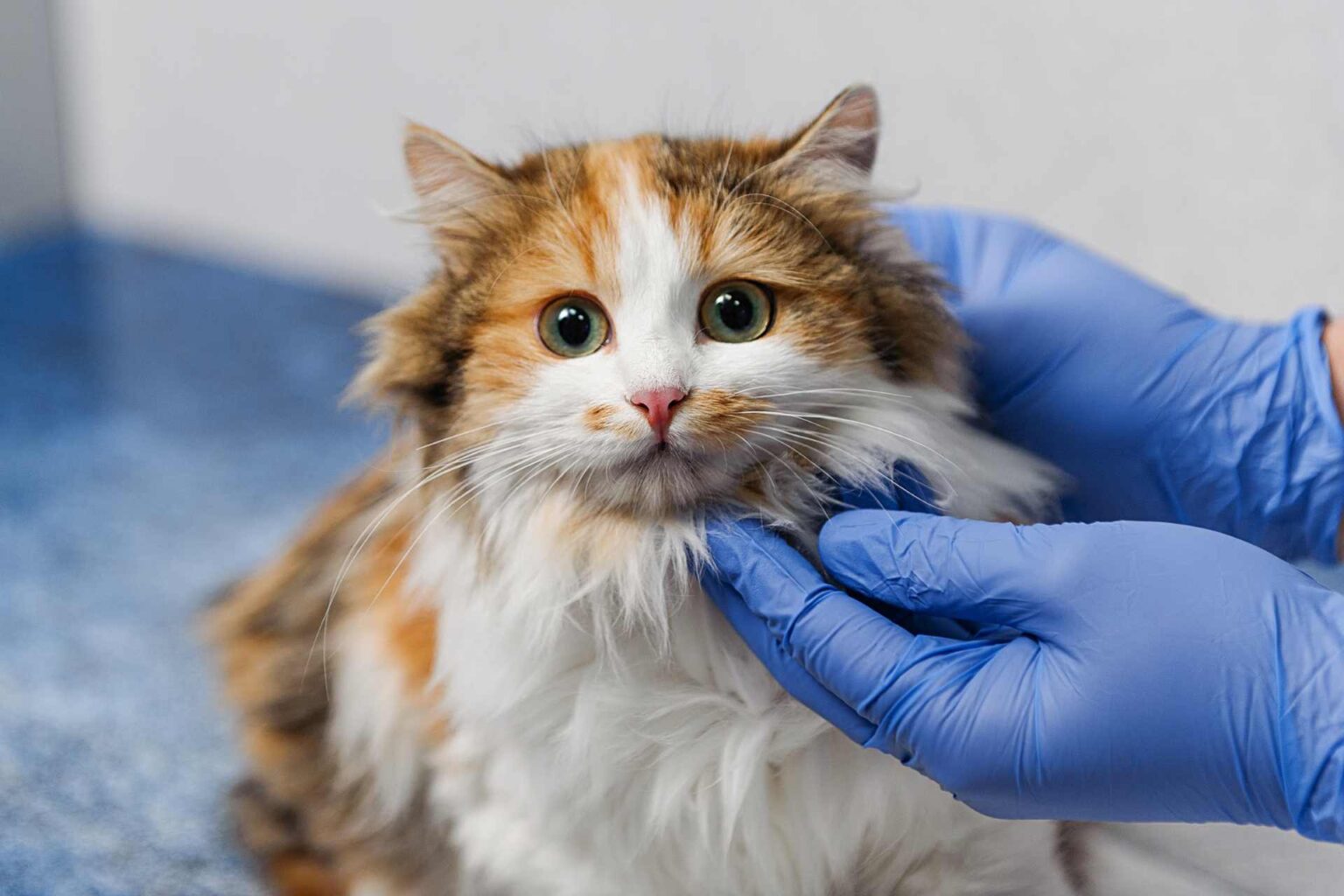If not pointing toward a specific disease form, gastrointestinal disorders in dogs and cats involve similar symptoms such as vomiting, diarrhea/constipation, abdominal pain, and the classic alternation of anorexia and bulimia (dysorexia).
In many cases these are generic findings, which make diagnosis problematic and do not guide either therapeutic approach or dietary management.
It is precisely nutritional interventions, however, that should be considered a key part of the management of gastrointestinal diseases, both in terms of symptom reduction and relapse prevention.
In the present case, since there is no one diet that is effective in all cases, a number of factors must be considered when choosing a nutritional plan for a dog or cat with gastrointestinal problems, including nutritional balance, clinical signs, history and findings on objective examination, laboratory findings, imaging reports, and history of drug treatments.
In practice, an appropriate dietary approach can be set up only after properly framing that specific case nutritionally and medically.
The steps in the decision-making process and the nutritional factors to be evaluated
Establishing an individualized nutritional plan for a dog or cat with gastrointestinal problems is thus a process that is as fundamental as it is complex, which is described in detail by a U.S. review published in the journal Veterinary Clinics of North America: Small Animal Practice.
In the paper, it is first suggested to draw up a list of the problems that characterize that specific case, identifying which nutritional factors are most relevant, starting with the digestibility of nutrients (which must always be high), from theenergy intake (which must be adequate in both magnitude and density), the choice of the protein (quantity and type), theintake of fat and fiber According to different needs. Also to be evaluated is the possible deficiency of cobalamin–vitamin B12–which may occur in dogs and cats with gastrointestinal problems, usually due to insufficient absorption, to be counterbalanced by specific supplementation.
The U.S. review devotes an in-depth discussion to each of these aspects and then offers a number of practical suggestions for continuing the decision-making process. It involves, for example, establishing relative priorities in cases with more than one gastrointestinal problem, but also identifying those disorders that can be managed by adopting appropriate dietary modifications.
An overview of the different dietary options applicable to dogs and cats with gastrointestinal problems is then provided, emphasizing the basic rules to keep in mind, but always with respect to an individual approach. In this area, with some exceptions, it is also made clear that home diets should be applied with caution.
The strategy against dysorexia and revision of the nutrition plan
Among the many practical tips provided by the review are the basic strategy to be followed against the phenomenon of dysorexia and the need for periodic review of nutritional prescriptions.
Faced with the frequent co-presence of dysorexia alongside clinical signs such as vomiting and diarrhea, the authors suggest, for example, spreading the daily dietary intake into several light snacks, then gradually returning to the normal regimen once the problem is resolved. For its part, reevaluation of the dietary regimen is considered crucial: in dogs and cats with gastrointestinal problems, in fact, periodic review of the nutritional regimen appears crucial in the long-term success of treatment.
Reference
Lenox CE. Nutritional Management for Dogs and Cats with Gastrointestinal Diseases. Vet Clin North Am Small Anim Pract. 2021;51(3):669-684. doi:10.1016/j.cvsm.2021.01.006






